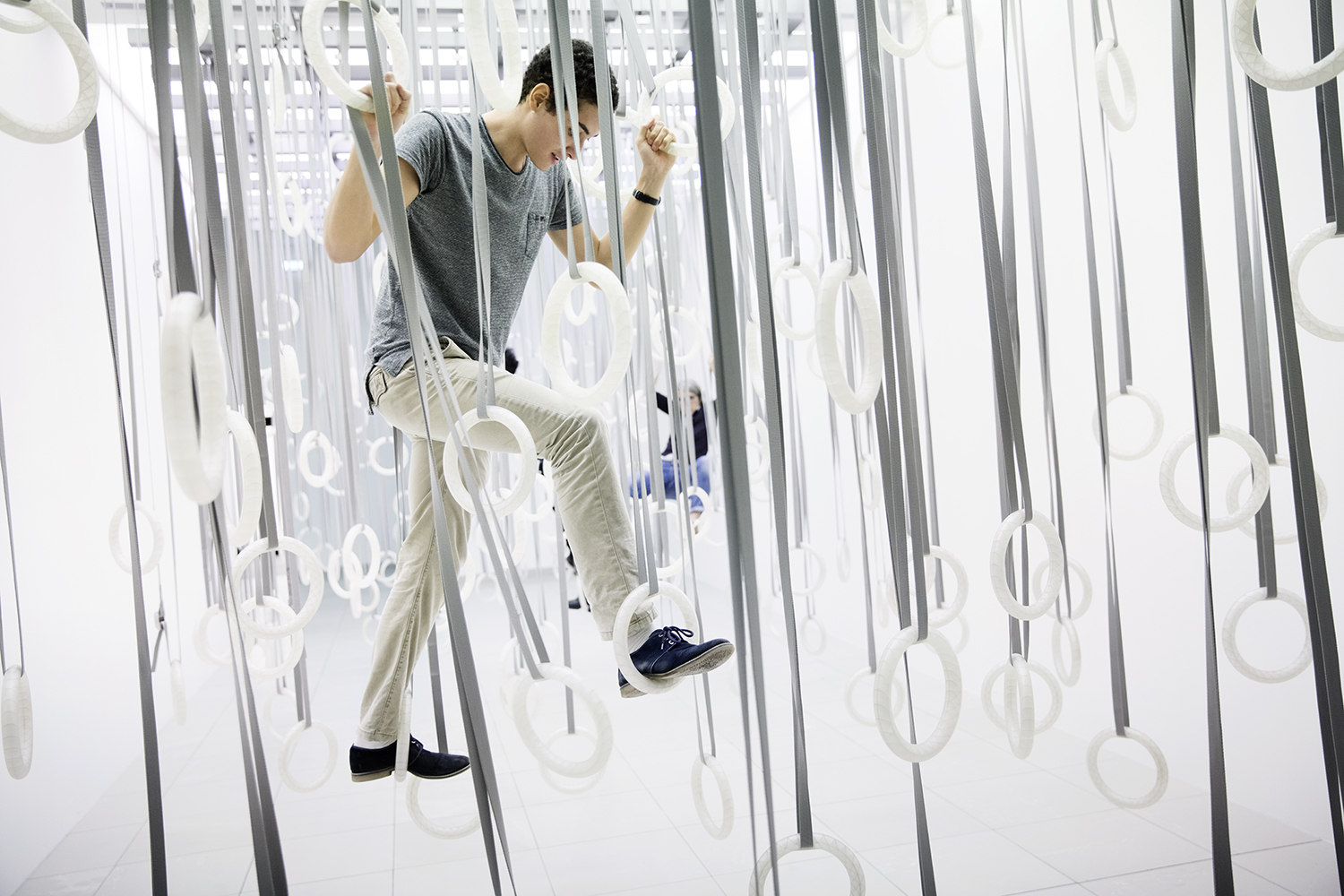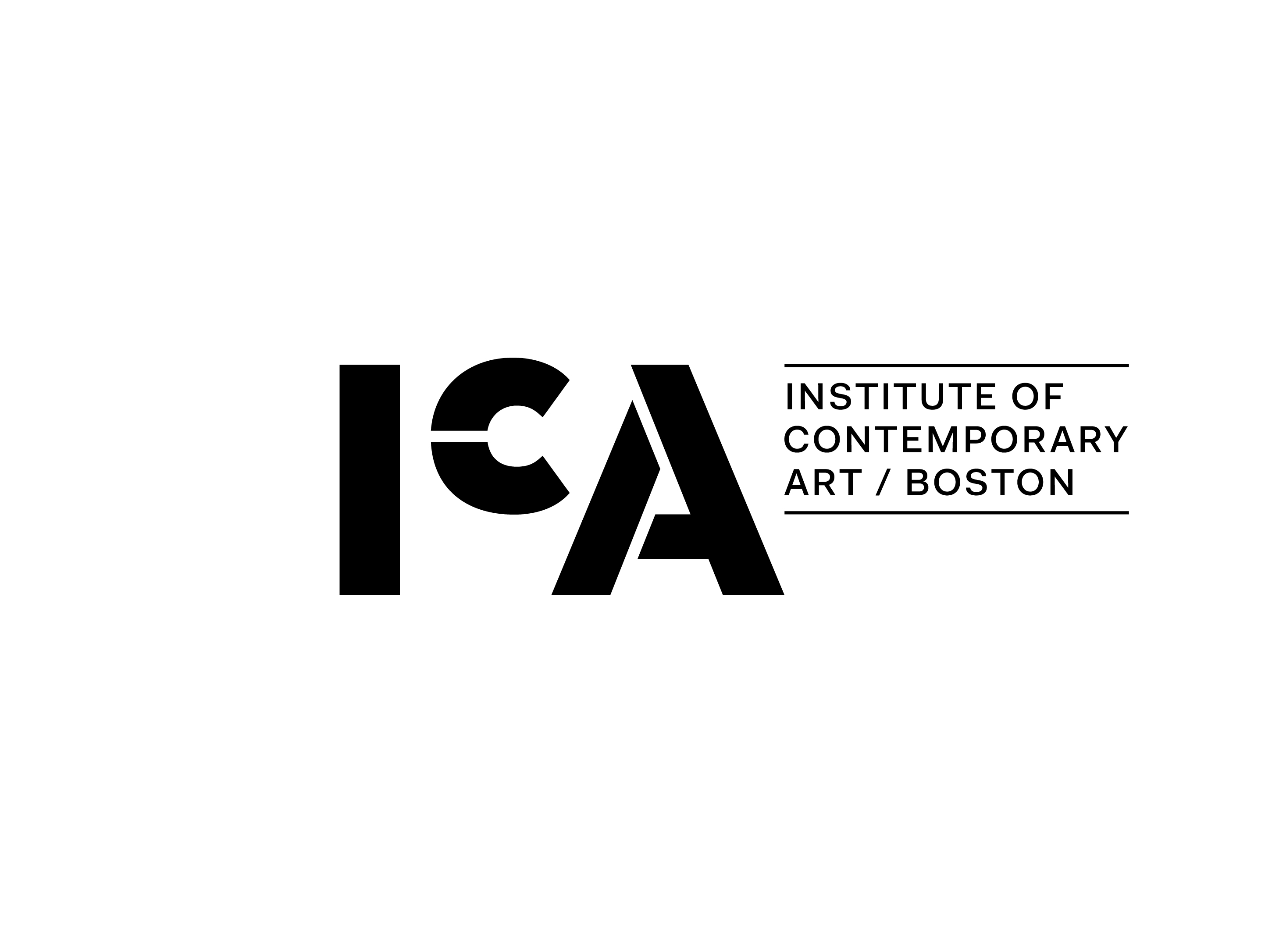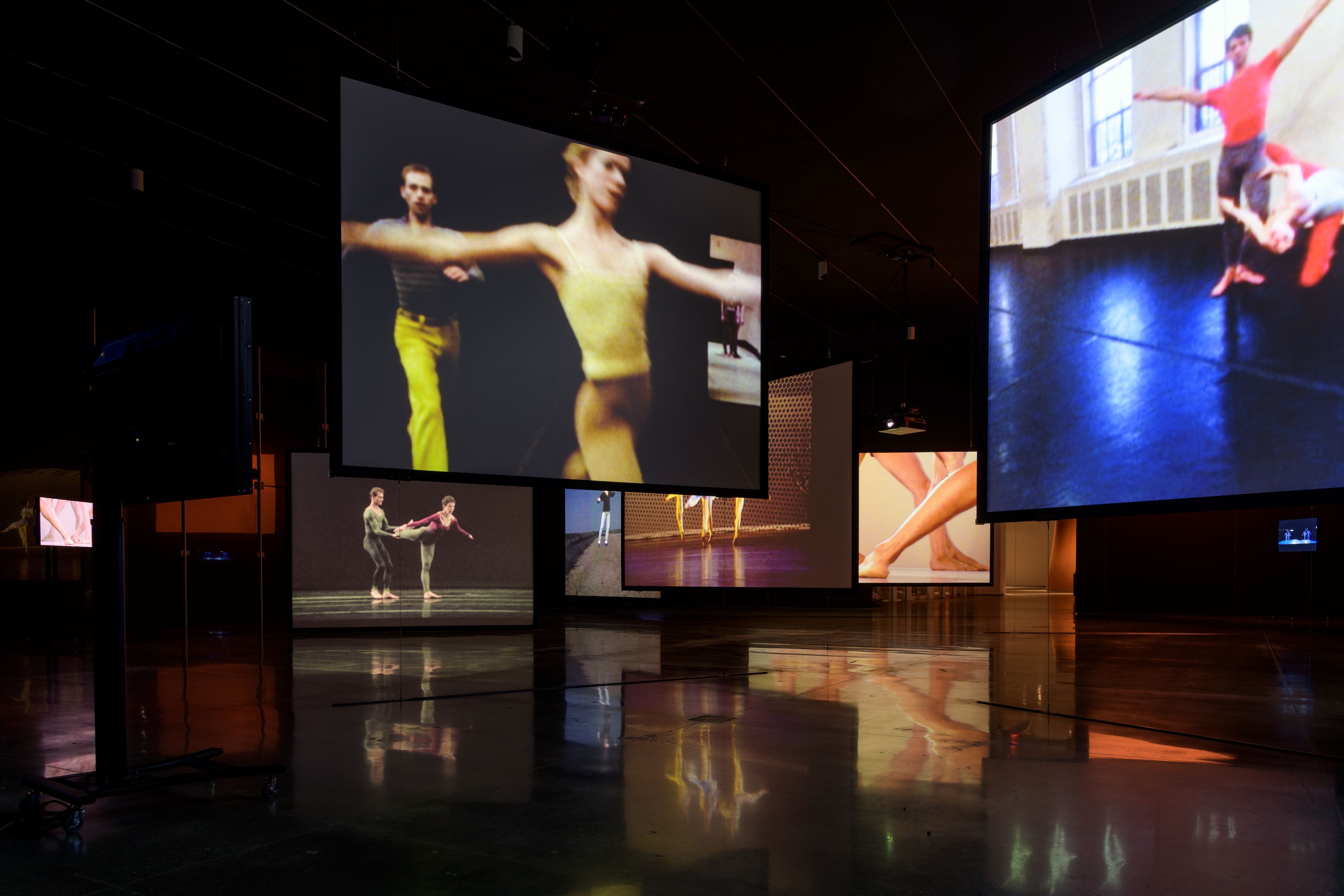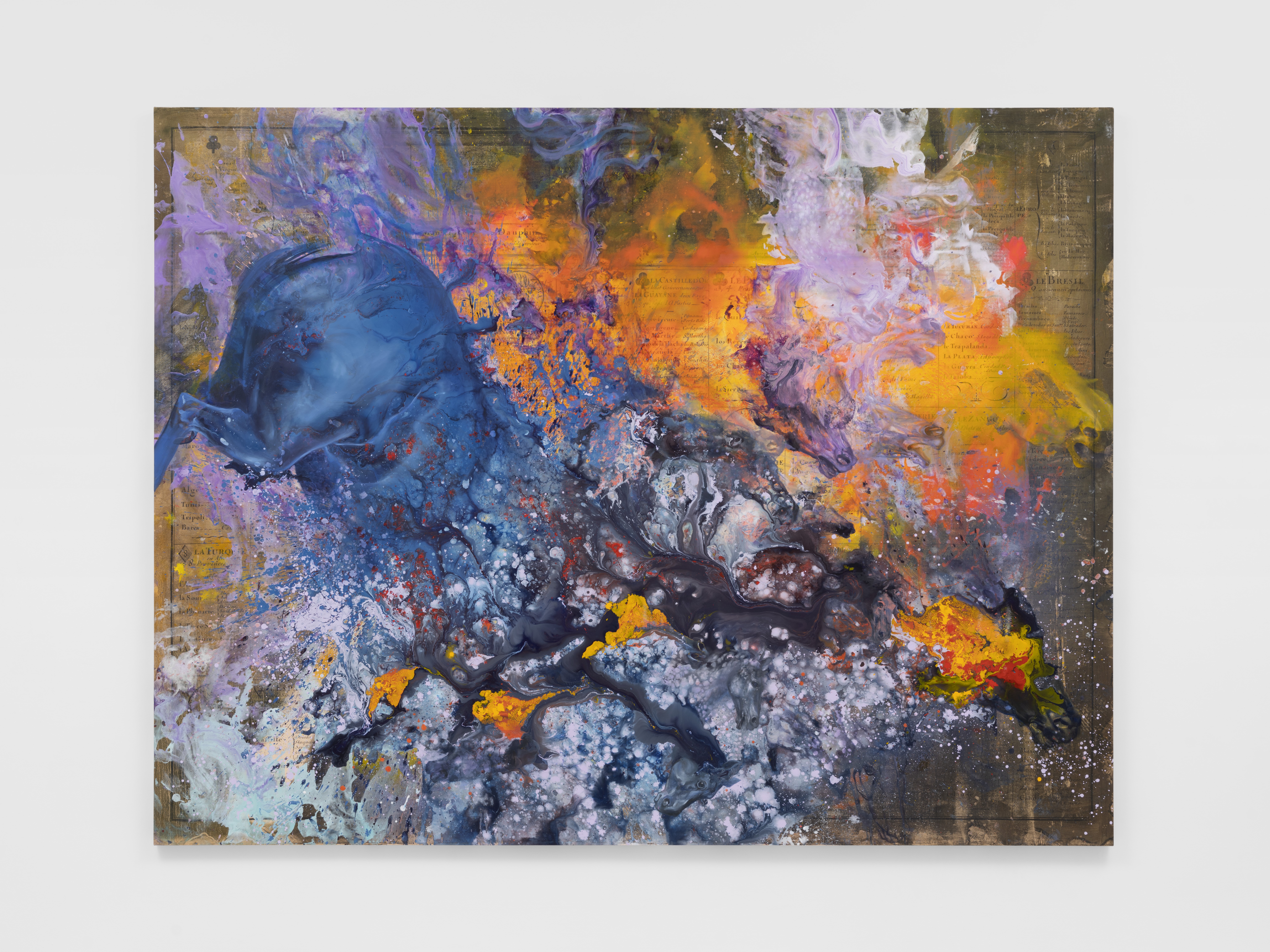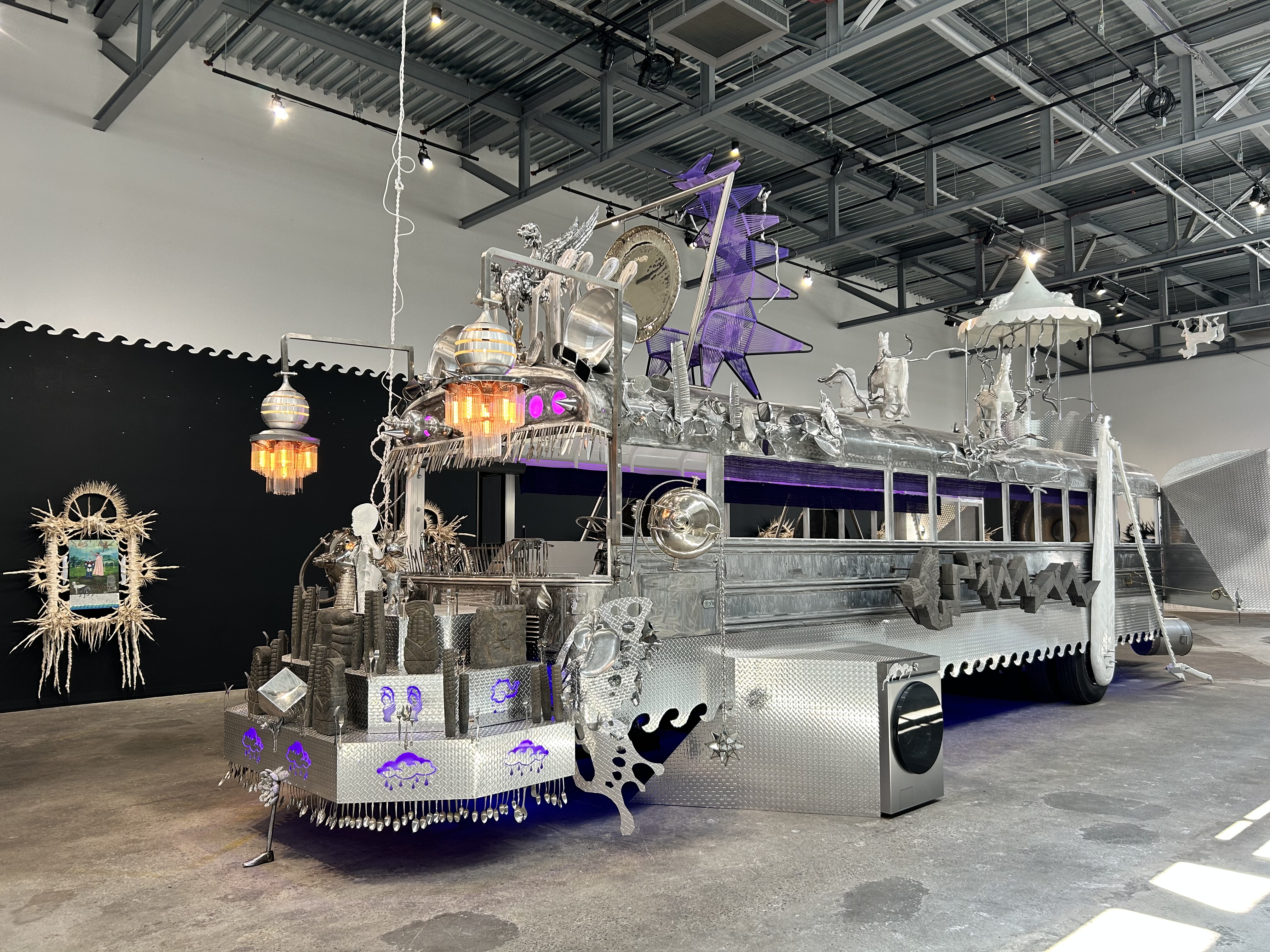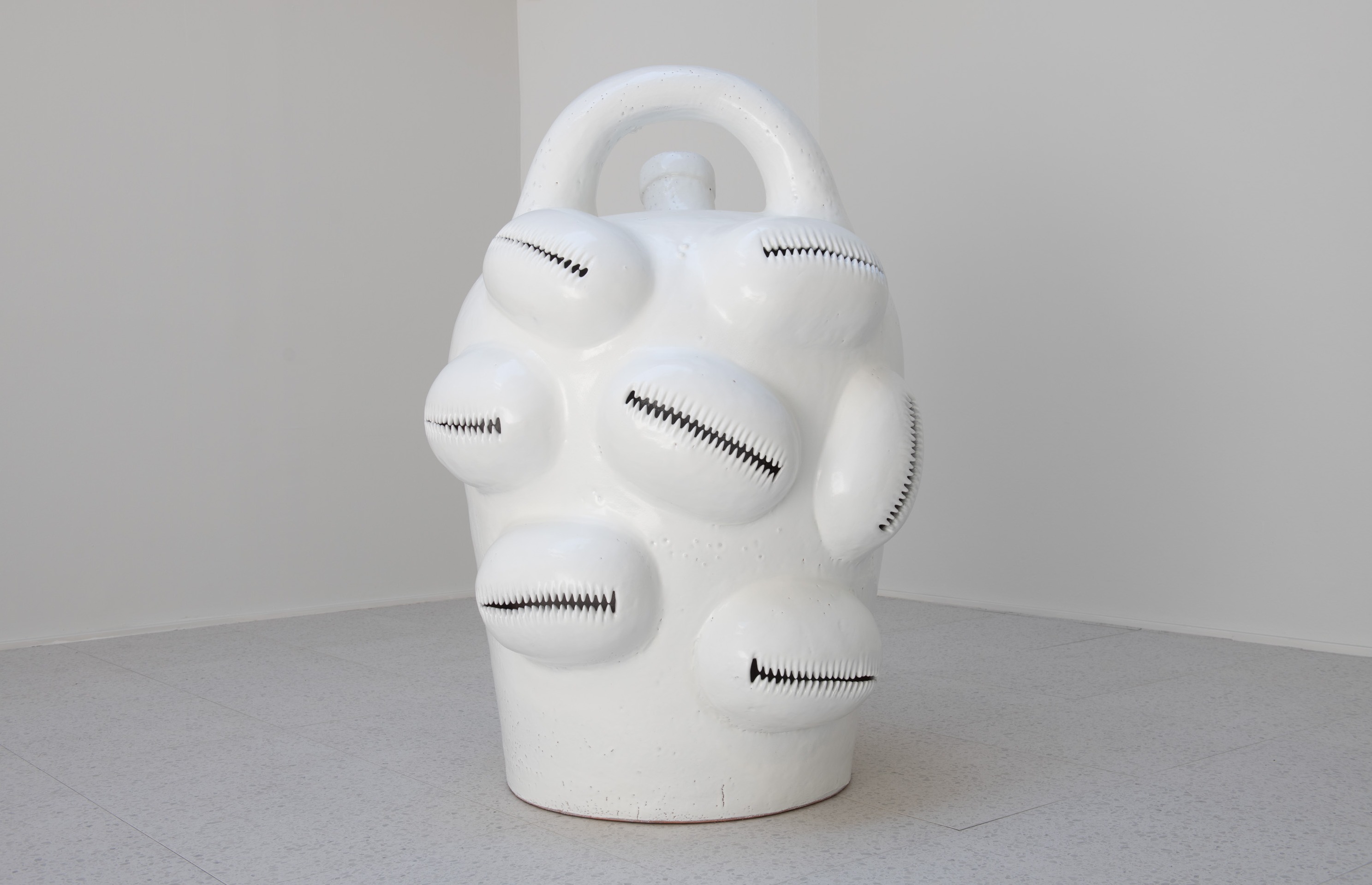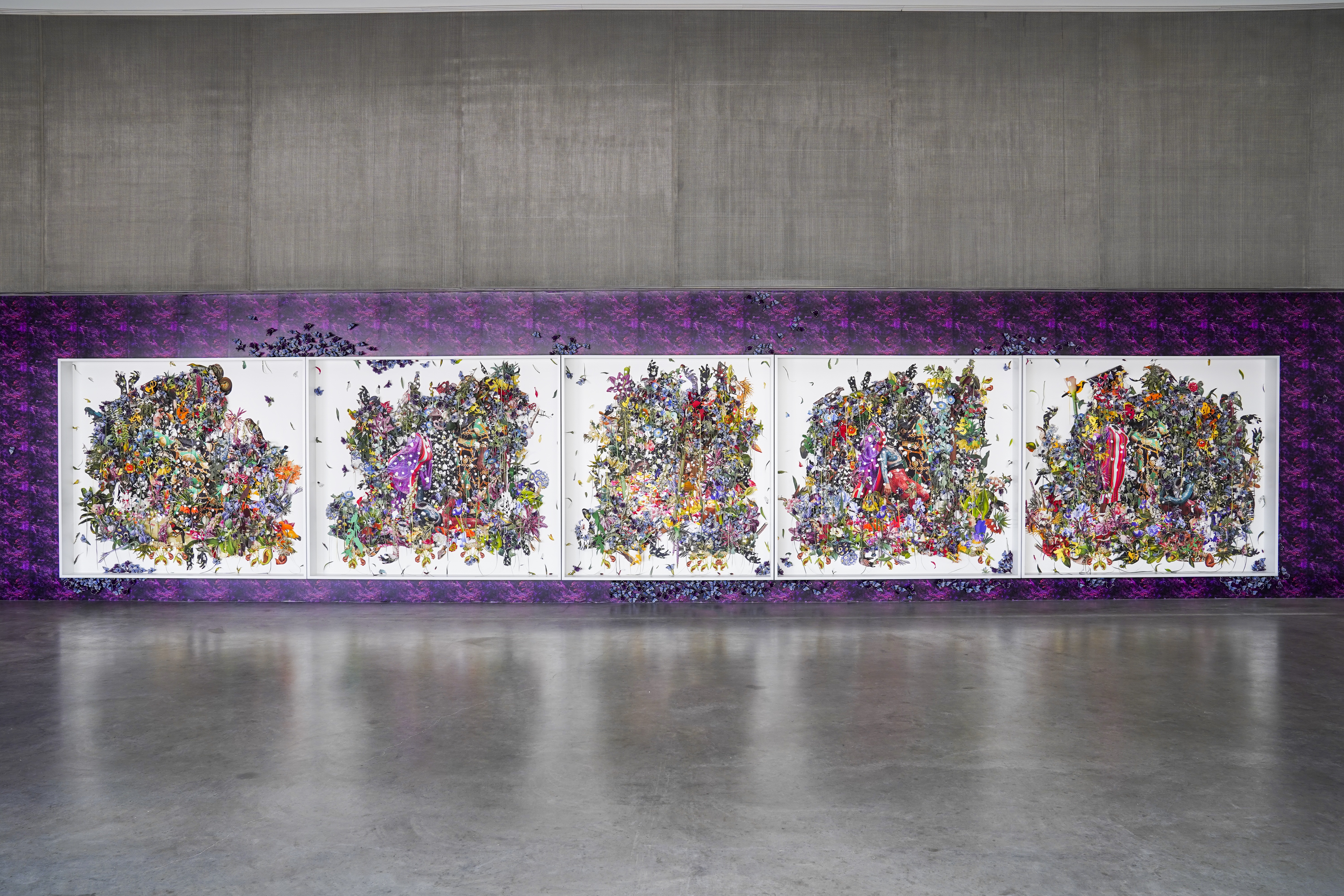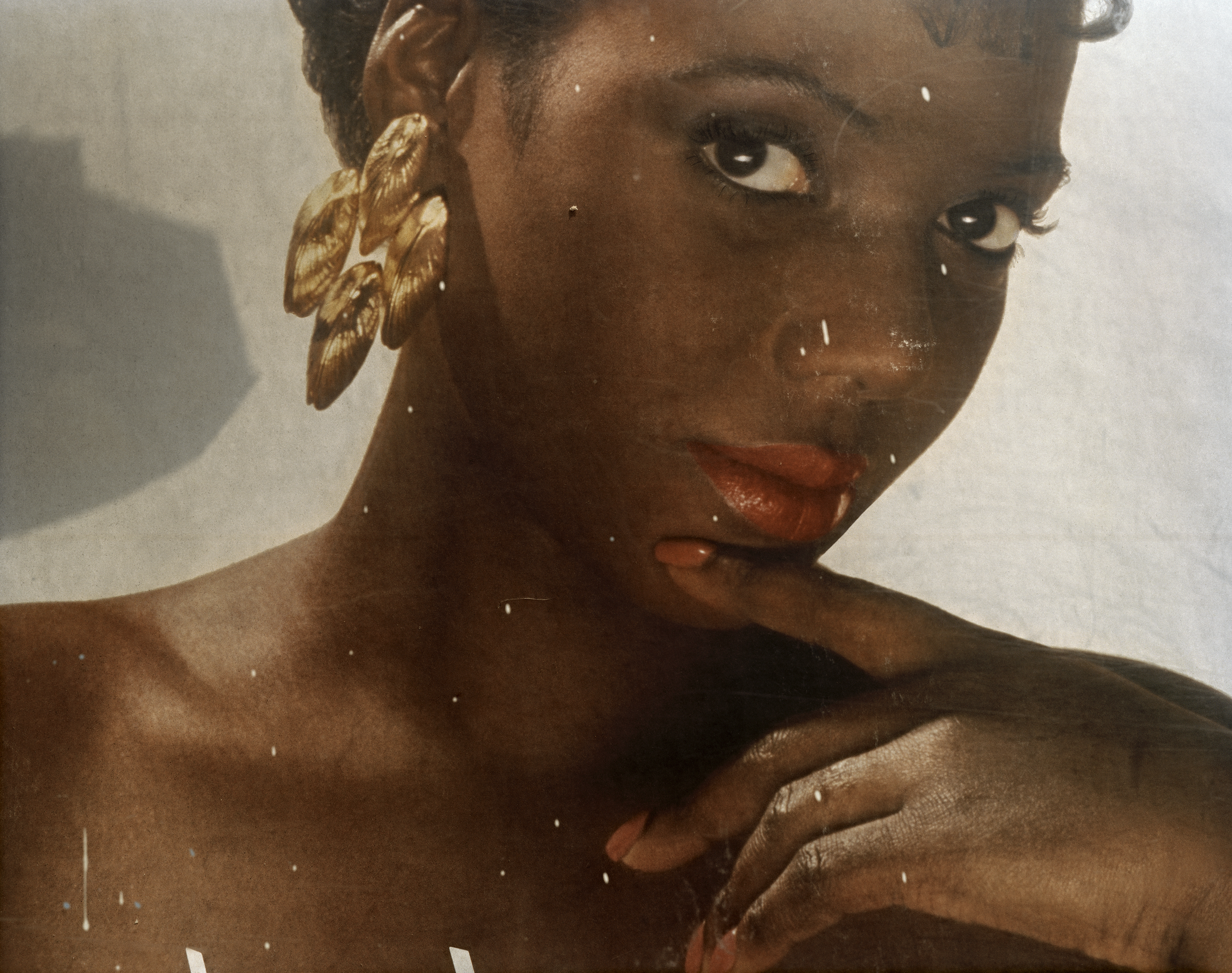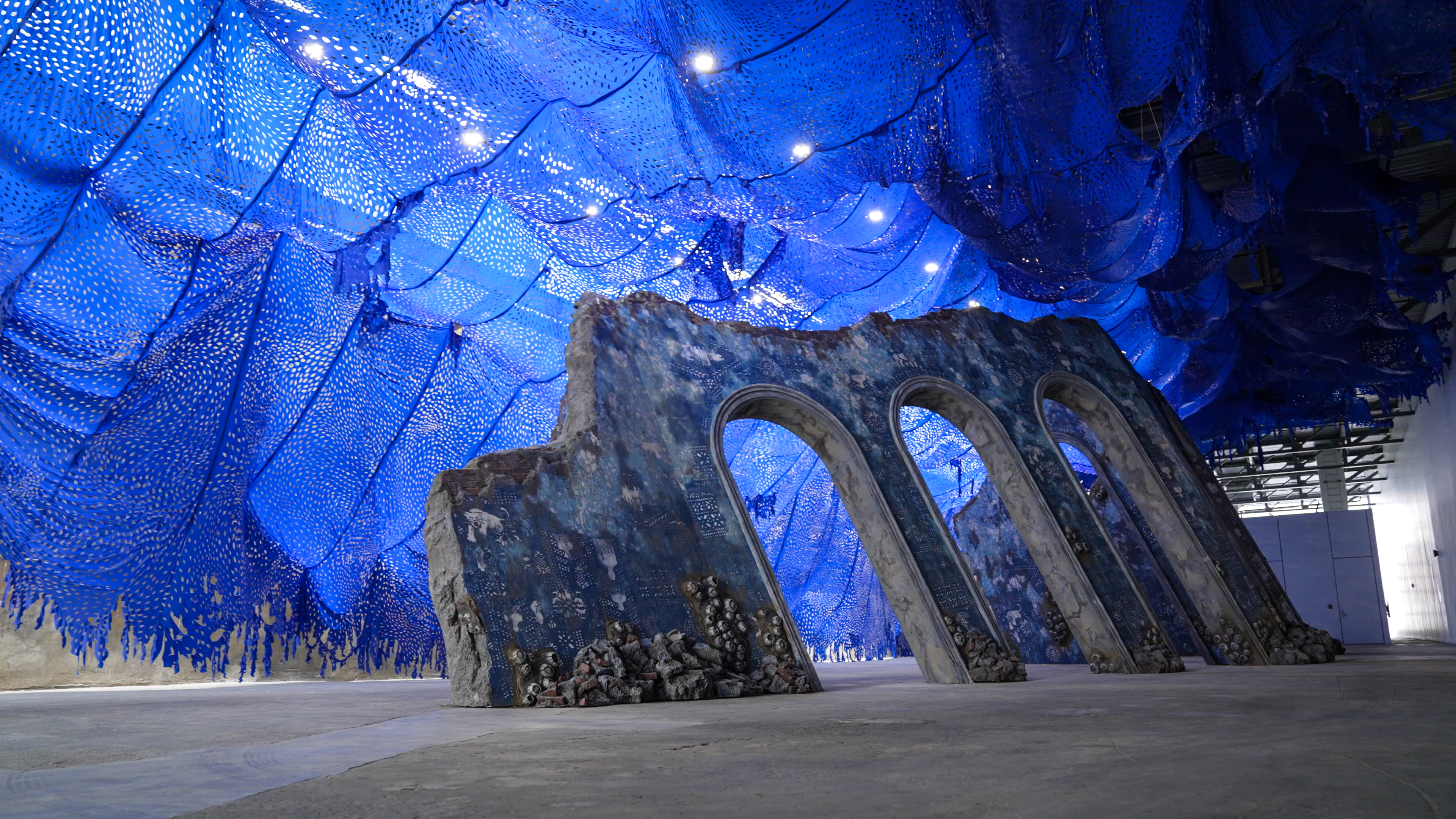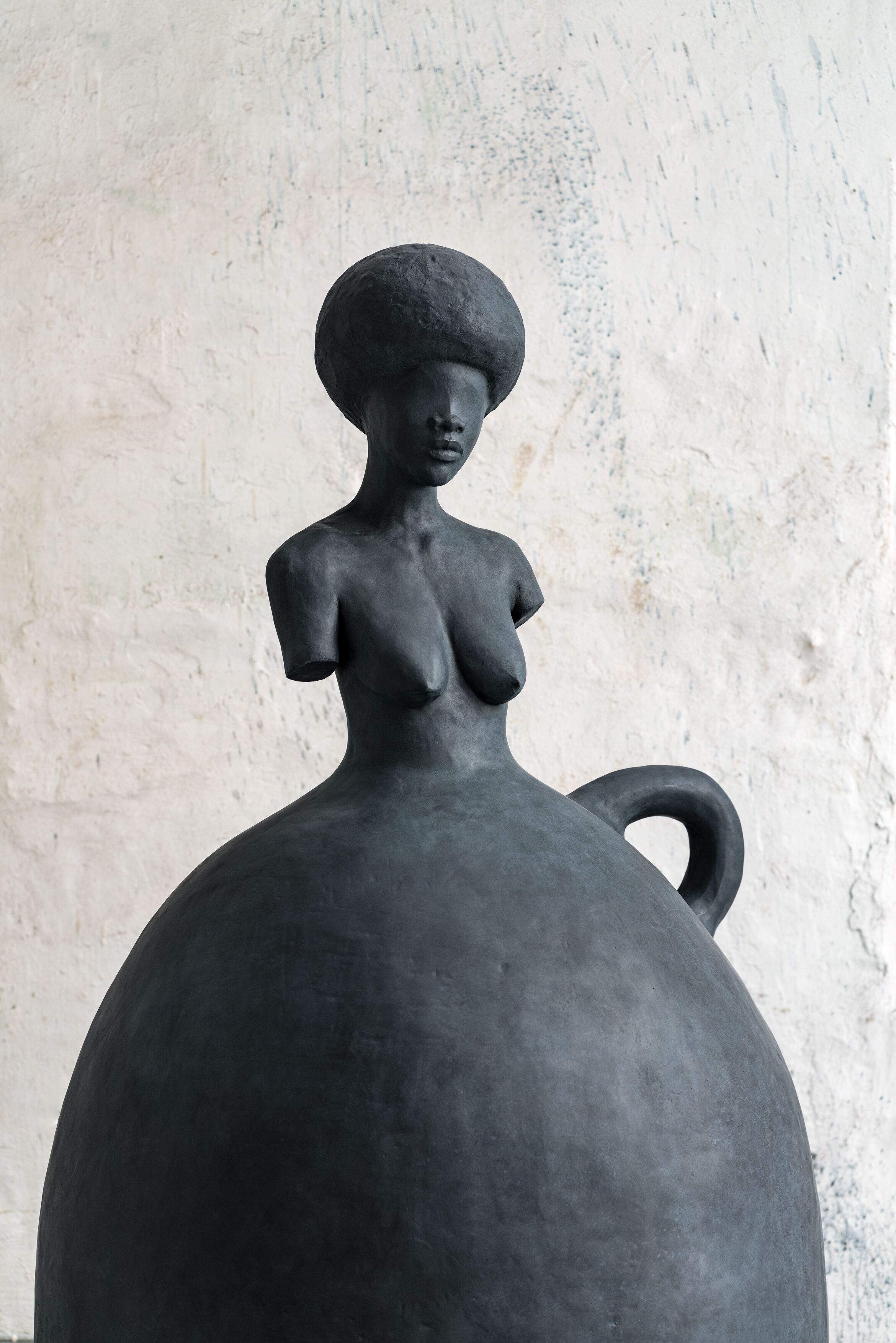Choreographic Objects
October 31, 2018–February 21, 2019
Boston Opera House, 539 Washington St, Boston, MA 02111
Boston 02210
United States
T +1 617 478 3100
info@icaboston.org
On October 31, the Institute of Contemporary Art/Boston (ICA) opens the first comprehensive US exhibition of celebrated artist and choreographer William Forsythe. For more than four decades, Forsythe has created productions that redefine classical ballet’s vocabulary, and his groundbreaking approach to choreography, staging, lighting, and dance analysis has influenced countless choreographers and artists. Since the 1990s, parallel to his stage productions, Forsythe has developed site-responsive, interactive works he calls “Choreographic Objects.” Surveying works created since 2001, this major exhibition includes room-size interactive sculptures, participatory objects, and video installations, designed to engage participants with fundamental ideas of choreography. Encountering these works, visitors are encouraged to follow the artist’s guiding instructions and intentionally self-organize individual physical experiences. In shifting choreographic thinking from the trained dancer to the layperson and from the stage to the gallery, Forsythe emphasizes that choreography is possible everywhere. William Forsythe: Choreographic Objects is organized by Eva Respini, Barbara Lee Chief Curator, with Jeffrey De Blois, Assistant Curator.
Exhibition highlights
Forsythe’s Choreographic Objects follow multiple lines of inquiry, prompting experiments in expressing the physical, social, and psychological roles of the body. Each work answers the driving question posed by Forsythe “What else, besides the body, could physical thinking look like?” in a different way. Several works have been developed in response to the architecture of the ICA.
In Nowhere and Everywhere at the Same Time, No. 3 (2015), Forsythe creates an interactive maze with eighty hanging pendulums that the viewer is invited to enter and navigate through. The pendulums are programmed to move separately, thus challenging visitors’ perceptions and reflexes as they move through the installation.
In Towards the Diagnostic Gaze (2013), participants are instructed to hold a feather duster absolutely still, an impossible task because of the continuous internal movements of the body that are often otherwise undetectable.
In The Fact of Matter (2009), which is comprised of dozens of gymnastic rings hanging from the ceiling at varying heights, the artist invites viewers to traverse the space only using the rings. Participants become acutely aware of the pull of gravity and are prompted to think about physical limitations, the illusion of weightlessness, and the inevitability of failure.
The video installation Alignigung 2 (2017) features the dancers Rauf “Rubberlegz” Yasit and Riley Watts. At first glance, the work appears to be a still image, but close looking reveals it to be a video showing a knot of bodies moving with glacial slowness. In this human “entanglement,” the complex “threading” of these bodies into their own negative spaces creates visual conundrums that frequently defy the apparent logic of the situation.
Catalogue
The exhibition is accompanied by a richly-illustrated publication, co-published with Prestel Publishing/Delmonico Books. The publication features major essays by writers from the disciplines of both art and dance, including Respini, Roslyn Sulcas, Rebecca M. Groves, Daniel Birnbaum, Susan Leigh Foster, Molly Nesbit, as well as a conversation between Forsythe and co-editor Louise Neri.
About the artist
William Forsythe was born in New York in 1949, and resides in Vermont. Trained in classical ballet in Florida and New York, Forsythe joined the Stuttgart Ballett in 1973 and went on to direct the Ballett Frankfurt for 20 years. He directed the smaller, more specialized The Forsythe Company, in Frankfurt and Dresden, from 2005 to 2015. His “Choreographic Objects” have been exhibited internationally in venues such as Tate Modern’s Turbine Hall, London, the Venice and Sydney Biennales, La Villette/Grande Halle, Paris as part of Festival d’automne, and museums such as Wexner Center for the Arts, Columbus, Ohio; Museum für Moderne Kunst, Frankfurt, Germany; and Hayward Gallery, London. He has received numerous awards and was honored with the Golden Lion for Lifetime Achievement at the Venice Biennale in 2010.
Acknowledgements
William Forsythe: Choreographic Objects is sponsored by First Republic Bank and Saks Fifth Avenue.
Additional support is generously provided by Edward Berman and Kathleen McDonough and Paul and Catherine Buttenwieser.
